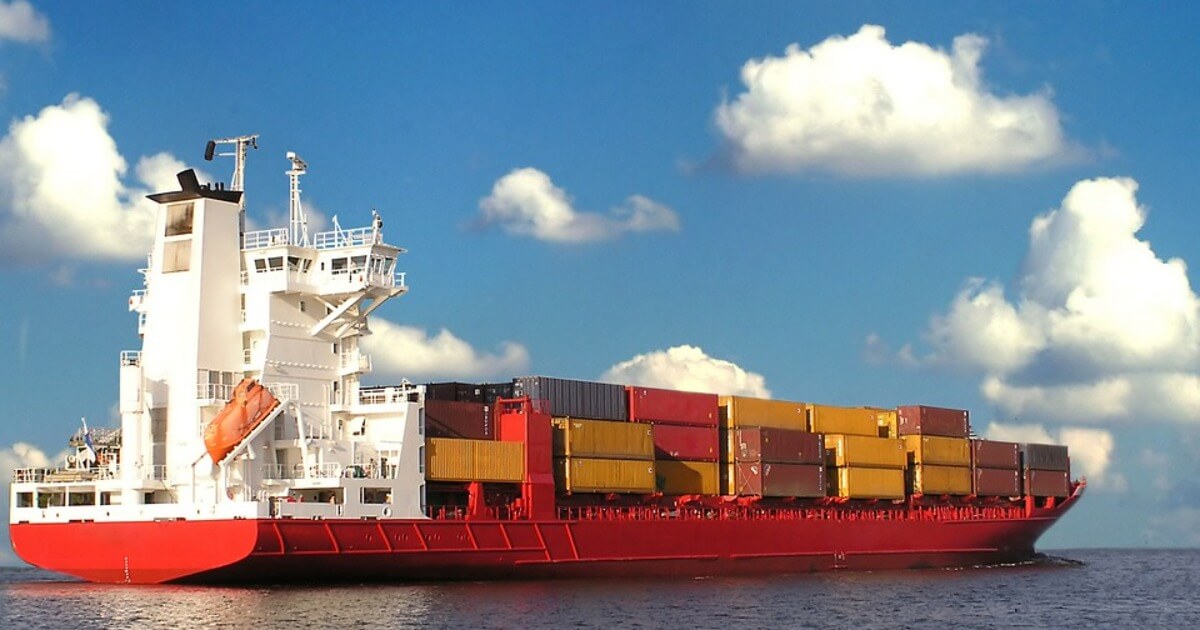Southeast Asia: Sumatra and Java in their Prime
Chinese Buddhists traveled to Sumatra to improve their learning before proceeding to India and Sri Lanka.
September 13, 2019

In his recently published “Empire of the Winds: The Global Role of Asia’s Great Archipelago” Philip Bowring takes a longue durée look at the history of the region commonly known as “Maritime Southeast Asia.”
In the process, he points out important but barely known facts of this history and addresses the widespread misconceptions of those schooled in Euro- and Sino-centric narratives about Vasco da Gama and Zheng He.
This is the context needed to assess today’s issues of the South China and adjoining seas.
In this series of five articles for The Globalist, he points out some key themes and their relevance to issues today.
In the early 5th century, a Chinese man named Fa Xian arrived in Java from Sri Lanka aboard a large ship with some 200 passengers and cargo after surviving a cyclone in the Bay of Bengal.
He was not a trader but a Buddhist monk, and was dismayed to find that Buddhism there had made little progress against Hindu Brahmanism.
He later sailed on to Guangzhou, but was caught in a typhoon and eventually landed 2,000 km off course in Shandong.
A later Chinese Buddhist, I-Tsing in the 7th century, arrived at Srivijayan capital (now Palembang) from Guangzhou in only 20 days.
He reported that the fortified city had more than one thousand monks dedicated to study. Chinese should go there to improve their learning before proceeding to India and Sri Lanka.
Trade and religion
The link between the spread of trade and religion was close, even though it involved competition between Hindu and Buddhist ideas.
Malay-speaking Srivijaya prospered because it organized the sea peoples of coasts into a force which gave it control of the straits, then used this resulting wealth and power to achieve ascendancy over the many smaller ports of the peninsula, Sumatra and Java and as far as Mindanao and Luzon.
For a while its predominance was such that it did not need to send trade missions to China in pursuit of trade favors. Its position was then further strengthened by a dynastic alliance with the Buddhist Sailendra dynasty which controlled the rich central Java plain and ports on the north coast.
The 7th to 9th centuries was a period of rapid trade growth stemming from the peace and prosperity provided by the Abbasid Empire, based out of Baghdad, and the Xian-based Tang dynasty.
Guangzhou hosted huge foreign communities of Arabs, Malays, Tamils and many others, sometimes in conflict with the local authorities and in 878 the subject of a massacre in which several thousand were killed.
This era also witnessed industrial scale exports of Chinese ceramics – but all went on foreign ships.
In Java it saw the construction of the great Buddhist temple of Borobudur and, when the Hindu Sanjaya dynasty seized power in the late 9th century the construction of the nearby and almost equally impressive Hindu temple of Prambanan.
Vulnerabilities
Srivijaya and Mataram had their vulnerabilities. Srivijaya was sacked by the Tamil Chola Empire, also one built on trade, in 1025.
Earthquakes and eruptions drove the Sanjaya kingdom from central to east Java. Nonetheless, Java and Sumatra were major players in Asia of the time.
Their polities and their sailors looked west as well as east and became the first people to settle Madagascar. The history of this is scanty. The first settlements may go back to 500 CE with bigger ones around 9th century and probably others up to about the 12th century.
Arab sources noted the presence of ships from the archipelago across the Indian Ocean to Africa and Yemen, including slaves from Africa.
Although by the 16th century their role had diminished, an early Portuguese account noted “the men are expert navigators in which they claim priority … it is certain the Javans have sailed to the Cape of Good Hope” and that many people of Madagascar were “of brown color and mixed Javanese race”.
The unusual size, heavy construction and fiber bonds of their ships had also been noted by the 14th century Chinese merchant and writer Wang Dayuan.
The Chinese presence
Wang was writing at a time when the Chinese were gradually becoming a small presence in the region as far as southern India, a process which had begun in the late Song dynasty.
The Mongol Yuan dynasty attempted to add Chinese political power in the region, sending an army to east Java when its King Kertanagara refused to give obeisance to emperor Kublai Khan.
Chinese defeat laid the foundations for Kertnagara’s successors to create a new Javanese empire, Majapahit.
At its height, this had most of the port states from the Malukus to Sumatra and included the peninsula and Cham territory of Vietnam under its wing, as well as enjoying the prosperity provided by its homeland, Java’s Brantas basin
But it was also fragile, with Malay Srivijaya restive, which in the late 14th century saw the flight of a prince to the island port of Temasek, which was given a Sanskrit name, Singapore.
The end of that century marked the beginning of the end of a thousand years of the dominance of the seas of the region by the states of Java and Sumatra.
The next hundred years or so was to see three transforming developments.
Takeaways
In the 5th century, a Chinese man named Fa Xian arrived in Java. He was not a trader but a Buddhist monk.
Chinese Buddhists travelled to Sumatra to improve their learning before proceeding to India and Sri Lanka.
The link between the spread of trade and religion was close, even though it involved competition between Hindu and Buddhist ideas.
